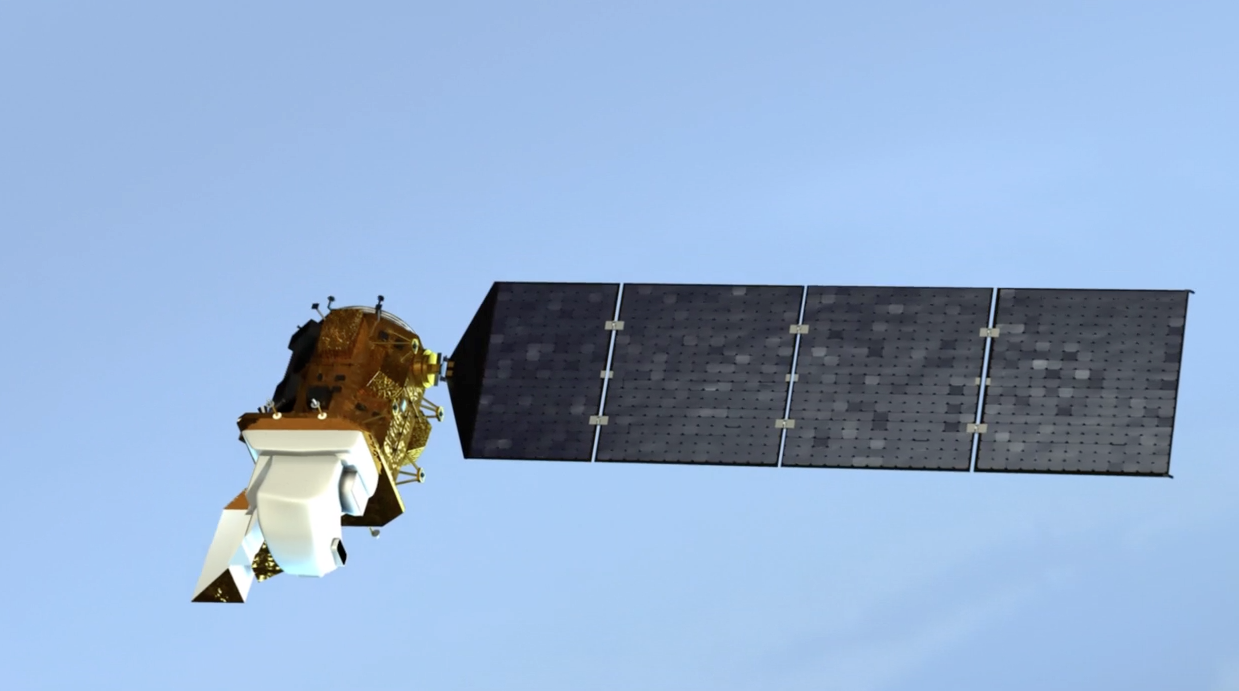5th Anniversary of Landsat 8's Launch
In its five years in space, Landsat 8 made 26,500 orbits around Earth and captured 1.1 million "scenes" of our home planet, representing 16 percent of all the observations kept in the 45-year Landsat archive.
Music: Divine Punishment by Christopher Franke [BMI]
Complete transcript available.
In its five years in space, Landsat 8 has racked up an impressive line of statistics. The satellite made 26,500 orbits around Earth. It captured 1.1 million "scenes" of our home planet. Its images now represent 16 percent of all the observations kept in the 45-year Landsat archive.
Landsat 8's higher resolution and faster data acquisition rates are enabling significant research and opening up new ways in which scientists, businesses, and resource managers can use the data. Water quality mapping, near-real-time ice velocity detection, and improved tracking of crop health and how much water crops use are among the research and real-world applications that Landsat 8 is enabling.
Landsat 8, which before launch was called the Landsat Data Continuity Mission, launched into orbit on Feb. 11, 2013. Once it was renamed Landsat 8 and became operational, the satellite continued a streak of engineering and science success unmatched in spaceflight: the succession of Landsat satellites has now made 45-plus years of continuous observations of Earth's surface, without any gaps.
The length of this record is what makes Landsat a "cornerstone" program in the growing field of land imaging. For any new missions that want to compare imagery or data to from previous decades, the unbroken Landsat record offers the one, consistent reference point. This role is furthered by USGS and NASA's commitment to keeping the entire Landsat data archive free and accessible to scientists and the public.
Credits
Please give credit for this item to:
NASA's Goddard Space Flight Center
-
Producer
- Matthew R. Radcliff (USRA)
-
Writers
- Patrick Lynch (NASA/GSFC)
- Laura Rocchio (SSAI)
-
Scientist
- James R. Irons (NASA/GSFC)
Release date
This page was originally published on Friday, February 9, 2018.
This page was last updated on Wednesday, May 3, 2023 at 1:46 PM EDT.
